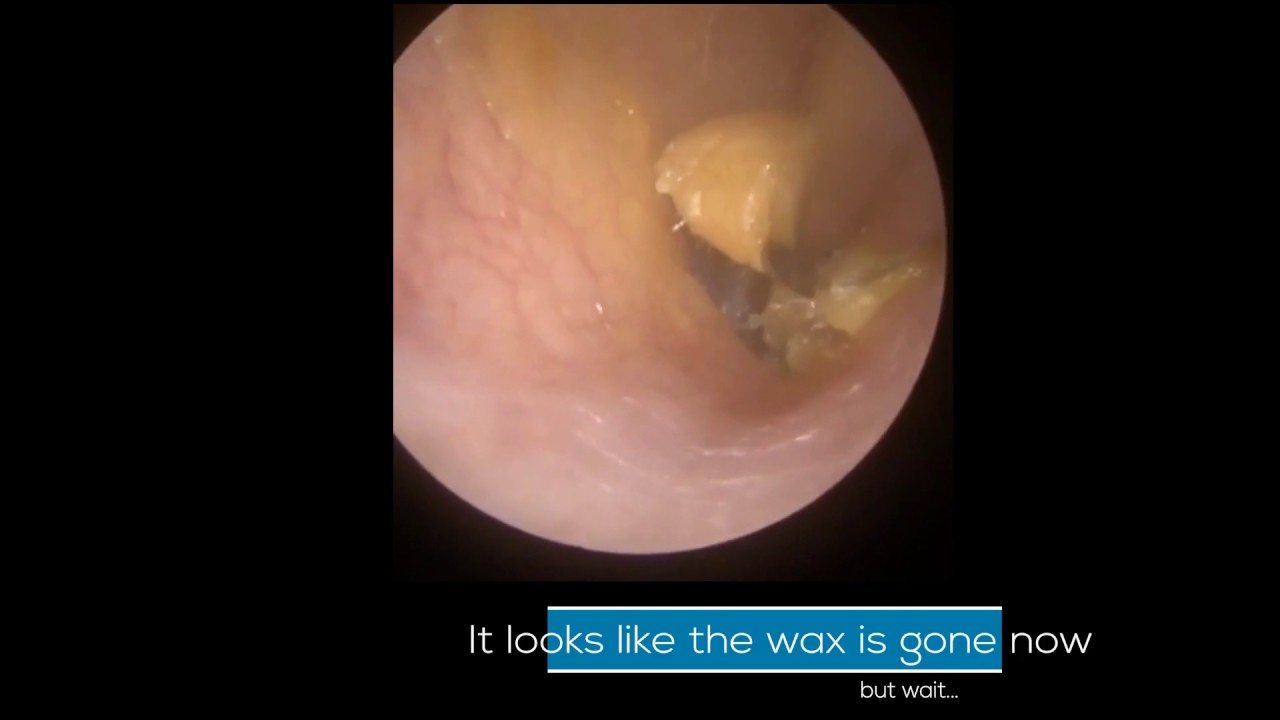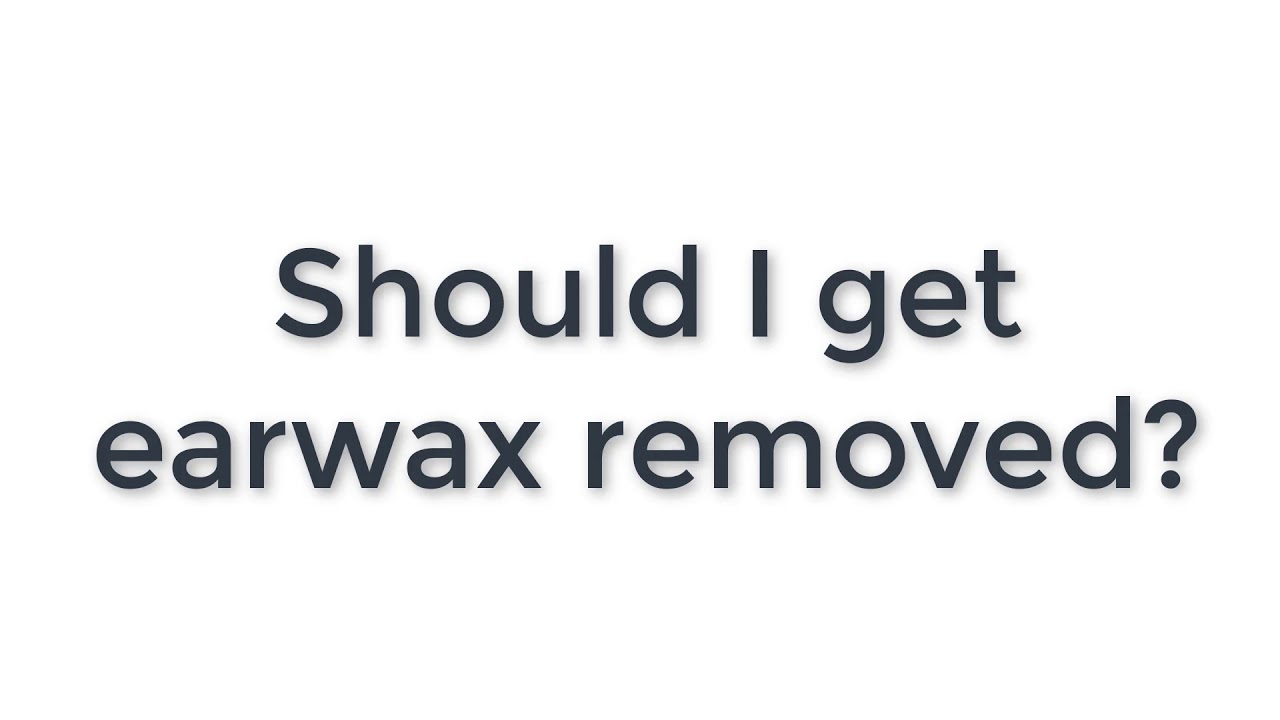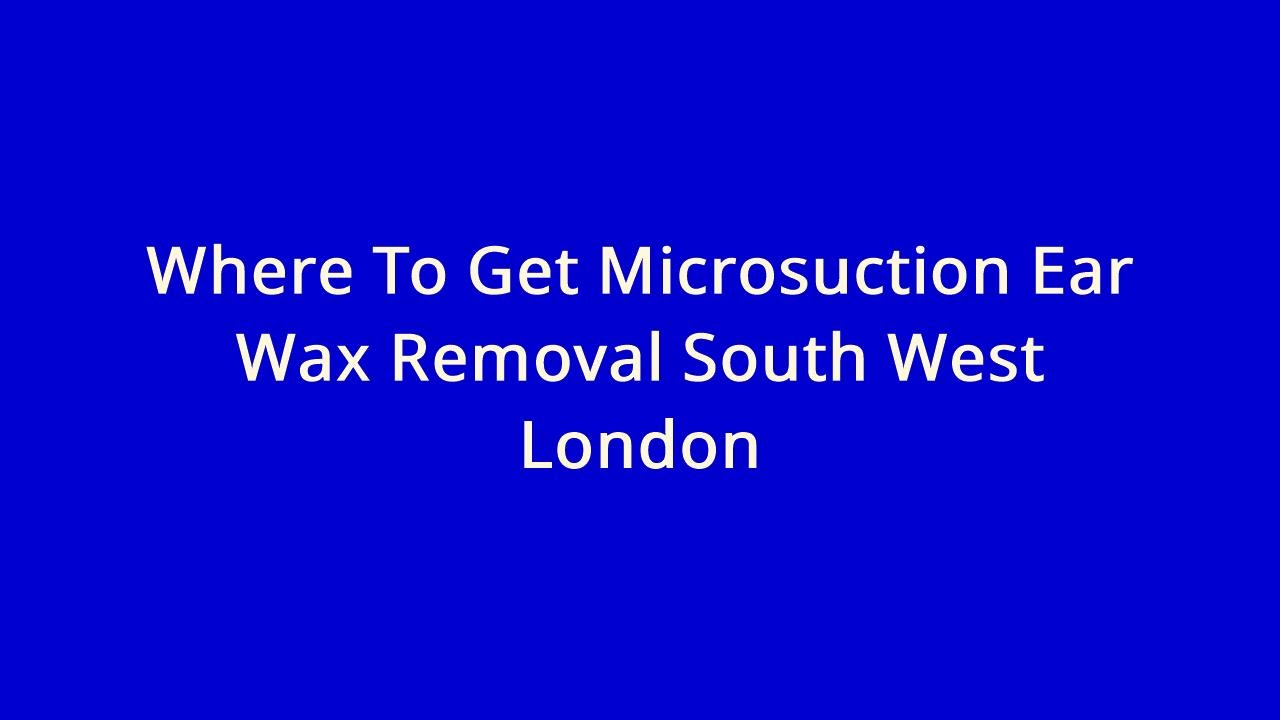Last Updated on 21/05/2025 by Admin
Embrace a Nutrient-Dense Diet for Optimal Ear Health
Adopting a nutrient-dense diet is essential for preventing tinnitus with daily habits and ensuring overall well-being. The food you consume significantly influences your health, particularly your ear health. A balanced diet rich in vitamins and minerals not only mitigates the symptoms of tinnitus but also strengthens your body’s defenses against various health challenges. Prioritizing nutrient-rich foods contributes to a healthier lifestyle, enabling you to maintain your auditory function while supporting your overall health.
Incorporate a Diverse Range of Nutrient-Rich Foods
Including a wide array of nutrient-rich foods in your meals is critical to supporting ear health. Foods abundant in antioxidants, vitamins A, C, and E, along with essential minerals such as zinc and magnesium, are vital for promoting optimal inner ear function. Leafy greens like spinach and kale, combined with colorful fruits like berries and oranges, serve as fantastic sources of these essential nutrients. In addition, nuts and seeds, rich in healthy fats and vitamins, significantly contribute to maintaining auditory health.
Scientific research has highlighted the importance of certain vitamins in preserving hearing function. For example, vitamin A is crucial for repairing cells within the inner ear, while vitamin C acts as a protective agent against free radical damage. By focusing on a colorful, nutrient-dense plate, you not only satisfy your palate but also equip your body with the essential nutrients needed to aid in preventing tinnitus with daily habits.
Reduce Your Salt Consumption for Better Ear Health
Excessive salt consumption often hides in many diets and can lead to fluid retention, which increases pressure within the inner ear. This added pressure can exacerbate the symptoms of tinnitus. Current dietary guidelines recommend limiting sodium intake to less than 2,300 mg per day to support healthy blood pressure levels and overall wellness. Globally, individuals can greatly benefit from embracing low-sodium options, such as utilizing herbs and spices to enhance flavor without the added sodium.
Moreover, exploring local cuisines that naturally incorporate less salt can lead to improved health outcomes. For instance, Mediterranean diets emphasize fresh herbs, vegetables, and seafood, which are not only low in sodium but also rich in omega-3 fatty acids. By adopting a global perspective on dietary habits, individuals can enjoy diverse cuisines while keeping sodium levels in check, thus promoting better ear health and reducing the risk of tinnitus.
Prioritize Hydration to Support Ear Function
Maintaining proper hydration is crucial for sustaining the body’s balance, including the delicate fluids found in the inner ear. Dehydration can cause thickened blood, negatively affecting circulation and potentially worsening tinnitus symptoms. By ensuring optimal hydration, you help keep the inner ear well-nourished and functioning correctly.
The general recommendation is to consume at least eight 8-ounce glasses of water daily; however, individual needs can vary based on factors like activity level and environmental conditions. In hotter climates, for example, increased hydration becomes even more critical. Additionally, incorporating hydrating foods such as cucumbers, watermelon, and oranges can boost your fluid intake. This simple dietary adjustment can serve as an effective method for preventing tinnitus with daily habits.
Integrate Omega-3 Fatty Acids into Your Diet
Omega-3 fatty acids, predominantly found in fatty fish like salmon and sardines, play a vital role in reducing inflammation throughout the body, including the auditory system. These healthy fats enhance blood flow, which can improve ear function and potentially alleviate the symptoms of tinnitus.
Research indicates that diets rich in omega-3s are beneficial not only for heart health but also for maintaining auditory health. Plant-based sources like flaxseeds and chia seeds present excellent alternatives for those with vegetarian or vegan preferences. Including these foods in your diet can foster overall wellness and may aid in preventing tinnitus with daily habits by promoting a healthy vascular system, which is essential for optimal hearing.
Minimize Caffeine and Alcohol Consumption
Caffeine and alcohol are two prevalent stimulants that can exacerbate the symptoms of tinnitus. Caffeine can elevate blood pressure, potentially intensifying the perception of ringing in the ears, while alcohol may lead to dehydration and disrupt the fluid balance necessary for maintaining ear health. Limiting these substances can be a straightforward yet effective strategy for those looking to minimize their tinnitus symptoms.
Cultural variations in caffeine consumption—from coffee in Colombia to green tea in Japan—illustrate the widespread nature of this stimulant. Similarly, alcohol consumption is prevalent across many cultures, underscoring the need for a sensible approach to moderation. Transitioning to lower-caffeine beverages and opting for non-alcoholic choices during social gatherings can significantly benefit your ear health while also enhancing your overall well-being.
Implement Effective Stress Management Techniques
Stress is a recognized contributor to numerous health challenges, and for individuals experiencing tinnitus, it can intensify the symptoms associated with the condition. Implementing effective stress management techniques can dramatically improve quality of life and reduce the perception of tinnitus.
Embrace Mindfulness Practices for Stress Relief
Mindfulness practices such as meditation and deep breathing exercises are powerful tools for managing stress and promoting relaxation. These techniques foster mental clarity and focus, which can be especially beneficial for those grappling with the persistent noise of tinnitus. Engaging in mindfulness practices has been extensively researched and has shown considerable reductions in perceived stress levels along with improvements in emotional well-being.
Across the globe, various cultures have embraced mindfulness techniques—such as yoga in India, Zen practices in Japan, and even tai chi in China—all emphasizing the connection between mind and body. Integrating mindfulness into your daily routine can provide a much-needed respite from the stresses of modern life, allowing for increased focus on well-being and potentially alleviating the burdensome symptoms of tinnitus.
Engage in Consistent Physical Activity for Mental Clarity
Regular physical activity serves as a cornerstone of effective stress management and offers numerous benefits for both mental and physical health. Exercise stimulates the release of endorphins, which are natural pain relievers and mood elevators. For individuals experiencing tinnitus, engaging in regular exercise can help reduce stress and enhance overall health, potentially alleviating tinnitus symptoms.
Participating in activities like walking, jogging, cycling, or even dance classes provides enjoyable ways to incorporate movement into your daily routine. Different regions around the world offer unique opportunities—whether it’s hiking in the breathtaking landscapes of the Swiss Alps or joining a community yoga class in a bustling urban park. By aligning your exercise habits with enjoyable activities, you create a sustainable approach to stress management that contributes to preventing tinnitus with daily habits.
Ensure You Get Quality Sleep for Overall Wellness
Quality sleep is fundamental for maintaining overall health, playing a crucial role in effective stress management. Insufficient or poor-quality sleep can exacerbate tinnitus symptoms, creating a detrimental cycle. Establishing a consistent sleep schedule, creating a restful environment, and engaging in calming pre-sleep rituals can significantly enhance sleep quality.
Globally, sleep patterns vary widely, shaped by cultural practices and lifestyle choices. For instance, the siesta tradition in Mediterranean countries highlights the importance of rest, while countries like Japan emphasize disciplined sleep hygiene. By embracing good sleep practices—such as limiting screen time before bed and creating a serene sleeping environment—you can enhance sleep quality and contribute positively to managing tinnitus.
Utilize Relaxation Techniques to Alleviate Stress
Employing relaxation techniques like deep breathing exercises, progressive muscle relaxation, and guided imagery can effectively counteract stress. These methods promote relaxation and provide significant benefits for individuals dealing with tinnitus. By engaging in these practices, you can lower your heart rate and blood pressure, which may reduce the perception of tinnitus sounds.
Every culture has its own unique relaxation techniques—such as the ancient practice of qigong in China or modern mindfulness-based stress reduction programs in the West. Exploring various methods can help you discover what resonates best with you. Integrating relaxation techniques into your daily routine fosters a sense of calm, empowering you to better manage the effects of tinnitus.
Proactively Protect Your Hearing to Prevent Tinnitus
Taking steps to protect your hearing is essential for preventing tinnitus with daily habits. By proactively safeguarding your auditory health, you can prevent the onset of tinnitus and enhance your overall quality of life.
Utilize Ear Protection in Noisy Environments
In our increasingly noisy world, using ear protection is more vital than ever. Wearing earplugs or earmuffs in loud environments—such as concerts, construction sites, or sporting events—can effectively help prevent noise-induced hearing loss, a significant contributor to tinnitus.
Protective gear is widely available, and investing in high-quality options that provide sufficient noise reduction is crucial. Globally, awareness of hearing protection has been escalating, with various initiatives promoting safe listening practices. By prioritizing ear protection, you’re making a conscious choice to safeguard your hearing and potentially reduce your risk of developing tinnitus.
Minimize Your Exposure to Loud Noises
Extended exposure to loud noises can result in irreversible damage to the delicate structures within your ears, significantly increasing the risk of tinnitus. It is essential to limit time spent in loud environments and take breaks when necessary. The World Health Organization has developed guidelines to assist individuals in understanding safe noise levels and duration of exposure.
Cities worldwide are launching noise pollution awareness campaigns, urging people to be mindful of their auditory environment. Whether living in a bustling city or a quiet countryside, being conscious of surrounding noise levels is crucial for preserving your hearing health. By taking proactive measures to limit exposure to loud sounds, you contribute to preventing tinnitus with daily habits.
Regularly Take Breaks from Noise Exposure
Taking regular breaks from exposure to noise is essential for ear recovery and overall auditory well-being. Spending time in quiet environments allows your ears to rest and recuperate from constant stimuli. Whether you opt for a brief walk in a park or retreat to a tranquil space at home, quiet time is crucial for maintaining ear health.
In many cultures, quiet reflection is highly valued—whether through nature walks in the Japanese countryside or silent retreats in monasteries. Embracing the concept of rest and quiet can have significant benefits for your well-being. Cultivating a habit of stepping away from noise can facilitate a healthier auditory experience, potentially diminishing the severity of tinnitus symptoms.
Monitor Your Medication Use to Mitigate Tinnitus Risk
Certain medications can either lead to or worsen tinnitus symptoms. Being proactive in managing your medication use is essential for individuals aiming to reduce the risk of developing tinnitus.
Understand the Impact of Ototoxic Drugs
Ototoxicity refers to medication-induced hearing damage, and many medications can contribute to tinnitus. Drugs such as specific antibiotics, chemotherapy agents, and high doses of aspirin have been linked to auditory effects. It is crucial to consult healthcare providers regarding potential side effects and explore alternatives when necessary.
Awareness of ototoxic drugs is vital globally, as many individuals may unknowingly consume medications that contribute to hearing issues. Engaging in open conversations with your healthcare provider about any concerns can lead to safer medication choices that prioritize both your health and hearing.
Follow Prescribed Medication Guidelines Closely
Adhering to prescribed medication guidelines is essential for minimizing the risk of tinnitus. Misuse or overuse of medications can result in adverse effects, including heightened ringing or buzzing in the ears. Always discuss any changes in your health or symptoms with your healthcare provider to make necessary adjustments to your medications.
Keeping a medication diary can be a valuable strategy for tracking your prescriptions and any side effects experienced. This proactive approach empowers you to take control of your health and ensures that medications are used safely, ultimately contributing to preventing tinnitus with daily habits.
Explore Alternative Treatments for Tinnitus Management
Investigating alternative treatments can offer additional pathways for managing tinnitus without the potential side effects associated with conventional medications. Options such as acupuncture, herbal remedies, and sound therapy have gained popularity as effective methods for alleviating tinnitus symptoms.
Cultural practices worldwide present diverse alternatives to traditional medicine. For instance, traditional Chinese medicine emphasizes holistic approaches, while Ayurvedic practices from India focus on balancing bodily systems. Integrating these alternative treatments into your routine may provide relief from tinnitus symptoms and enhance your overall well-being.
Practice Proper Ear Hygiene to Prevent Tinnitus
Maintaining proper ear hygiene is crucial for avoiding conditions that may contribute to tinnitus. Implementing healthy ear care practices promotes optimal ear function and reduces the risk of developing tinnitus.
Refrain from Using Cotton Swabs for Ear Cleaning
Using cotton swabs to clean your ears can often cause more harm than good. Inserting objects into the ear canal may damage the eardrum and push earwax deeper into the canal, possibly causing blockages and contributing to tinnitus. The ears are self-cleaning and typically do not require intrusive cleaning methods.
Instead of reaching for cotton swabs, consider using a warm washcloth to gently cleanse the outer ear. By adopting safer ear hygiene practices, you can enhance your auditory health and help prevent conditions that could lead to tinnitus.
Keep Your Ears Dry to Prevent Infections
Moisture in the ears can result in infections, which may trigger tinnitus. Keeping your ears dry, especially after swimming or bathing, is crucial for preventing excess moisture buildup. If you are prone to ear infections, consider using earplugs while swimming or thoroughly drying your ears after exposure to water.
Globally, different cultures possess traditional methods for ear care. For instance, in some communities, specific oils are used to promote ear health and maintain dryness. Adopting local customs can enhance your ear hygiene practices while ensuring a healthy environment for your ears.
Regularly Check for Earwax Buildup
Excessive earwax can lead to blockages that may cause tinnitus symptoms. Regularly monitoring for earwax buildup is a key component of ear care. If you notice any signs of blockage, consult a healthcare provider for professional removal.
While earwax serves a protective function in the ear, excessive buildup can result in auditory complications. By remaining vigilant about your ear health and seeking professional assistance when necessary, you can contribute to preventing tinnitus with daily habits and maintain optimal hearing function.
Prioritize Regular Health Check-Ups for Tinnitus Prevention
Routine health check-ups are vital for identifying conditions that may contribute to tinnitus. Staying proactive about your health enables you to address potential issues before they escalate.
Schedule Regular Hearing Tests to Monitor Auditory Health
Frequent audiograms are crucial for detecting early signs of hearing loss or tinnitus. Scheduling regular hearing tests facilitates timely intervention and management of any auditory concerns. Many healthcare providers recommend annual hearing screenings, particularly for individuals at a higher risk of developing hearing problems.
Globally, there is a growing awareness of the importance of hearing tests, with various initiatives highlighting the need for early detection and intervention. By prioritizing regular hearing assessments, you empower yourself to address potential problems before they escalate into significant issues, further enhancing your quality of life.
Monitor Your Blood Pressure for Optimal Health
High blood pressure is linked to various health issues, including tinnitus. Regularly monitoring your blood pressure can help you maintain control and mitigate the risk of developing tinnitus. Lifestyle changes such as adhering to a healthy diet, engaging in regular exercise, and managing stress can all contribute to optimal blood pressure levels.
Health organizations around the globe recommend incorporating routine blood pressure checks into your healthcare regimen. By prioritizing cardiovascular health, you not only improve your overall well-being but also support your auditory health, reinforcing the significance of preventing tinnitus with daily habits.
Address Underlying Medical Conditions Promptly
Specific medical conditions, such as anemia and thyroid issues, can contribute to tinnitus. Regular check-ups can help effectively identify and manage these underlying conditions. Open communication with healthcare providers about symptoms and concerns is essential for receiving appropriate care.
With advancements in medical technology, screenings for various conditions are becoming increasingly accessible worldwide. By proactively managing your health, you empower yourself to address potential contributors to tinnitus and improve your overall health.
Schedule Regular Ear Examinations for Ongoing Care
Routine visits to an ear, nose, and throat (ENT) specialist can help identify earwax buildup or infections that may contribute to tinnitus. Regular examinations ensure prompt treatment and care for your ears, promoting long-term auditory health.
Globally, awareness of the importance of ear examinations is growing, with various health campaigns emphasizing the need for regular check-ups. By prioritizing your ear health and seeking professional care as necessary, you can take significant steps toward preventing tinnitus with daily habits.
Frequently Asked Questions About Tinnitus Management
What lifestyle changes can effectively assist in preventing tinnitus?
Implementing a healthy diet, efficiently managing stress, protecting your hearing, and practicing good ear hygiene are essential strategies in preventing tinnitus with daily habits.
How does a healthy diet influence tinnitus symptoms?
A diet abundant in vitamins and antioxidants supports ear health and may reduce tinnitus symptoms. Limiting salt intake and incorporating omega-3 fatty acids can also be beneficial.
What are some common causes of tinnitus?
Tinnitus can arise from exposure to loud noises, ear infections, certain medications, and underlying health conditions such as high blood pressure and stress.
Is there a relationship between stress and tinnitus?
Yes, stress is a known trigger for tinnitus. Effectively managing stress through mindfulness and relaxation techniques can help alleviate symptoms.
Can regular exercise aid in tinnitus management?
Consistent physical activity can lower stress levels, enhance overall well-being, and may help diminish the perception of tinnitus.
How crucial is it to protect your hearing?
Protecting your hearing is vital in preventing tinnitus with daily habits. Using ear protection in noisy environments is essential to prevent noise-induced hearing loss.
What should I do if I suspect I have tinnitus?
If you suspect you have tinnitus, consult a healthcare provider for a thorough evaluation and to discuss potential treatment options.
Can hydration have an impact on tinnitus symptoms?
Yes, maintaining proper hydration helps sustain fluid balance in the body, which can positively affect ear function and reduce tinnitus symptoms.
Are there alternative treatments available for tinnitus management?
Yes, alternative treatments such as acupuncture, sound therapy, and herbal remedies may assist in managing tinnitus symptoms without the side effects of conventional medications.
How frequently should I have my hearing evaluated?
Regular hearing tests are recommended, ideally on an annual basis, to detect early signs of hearing loss or tinnitus, especially if you are at greater risk.
Explore our journey on X!
The post Daily Habits for Preventing Tinnitus: Key Tips to Follow appeared first on The Microsuction Ear Wax Removal Network.
















